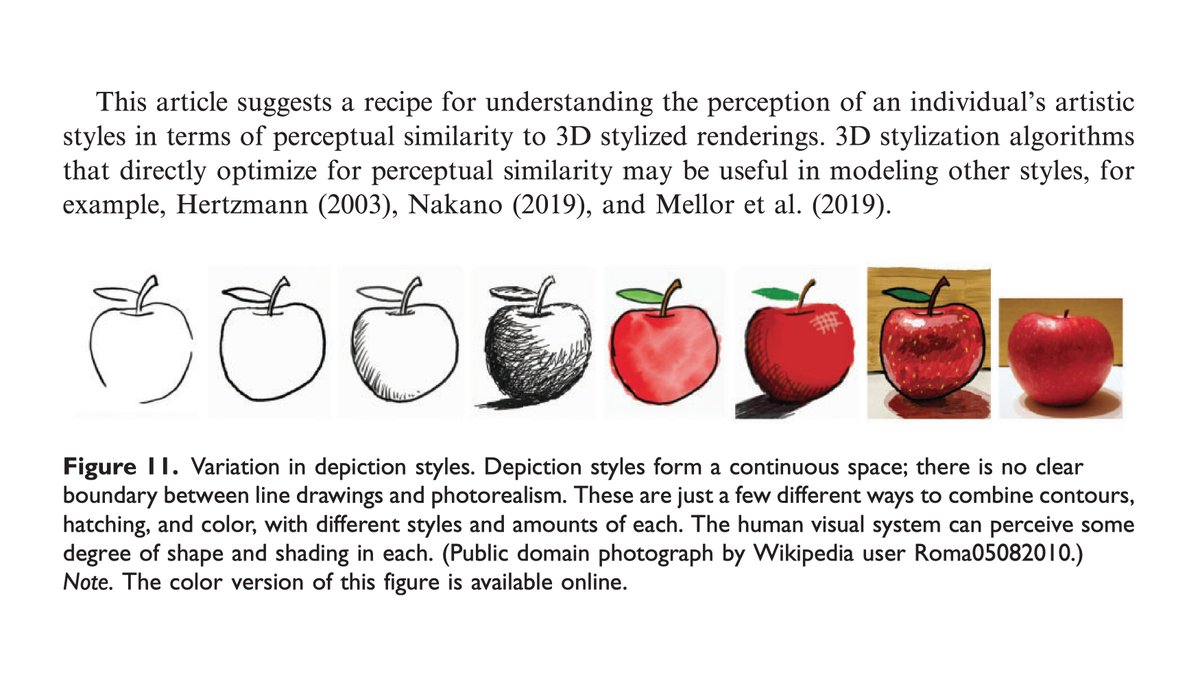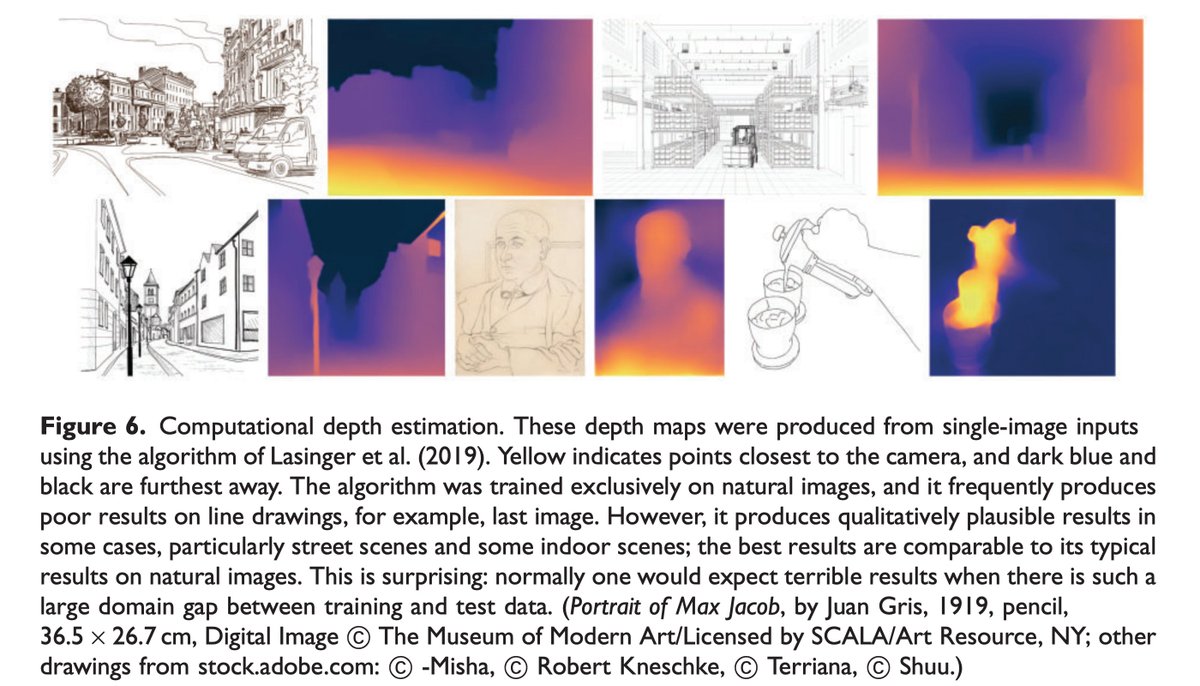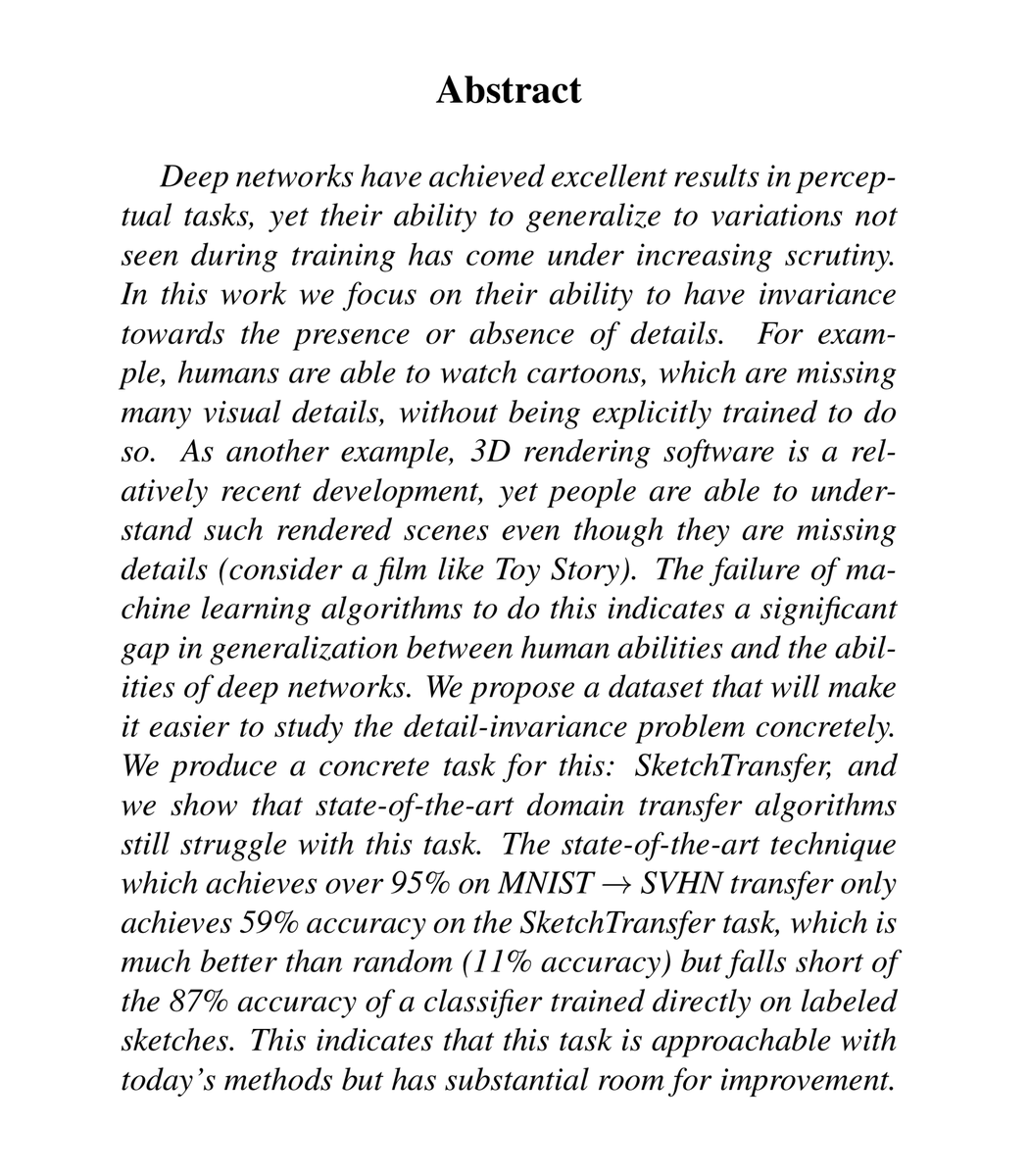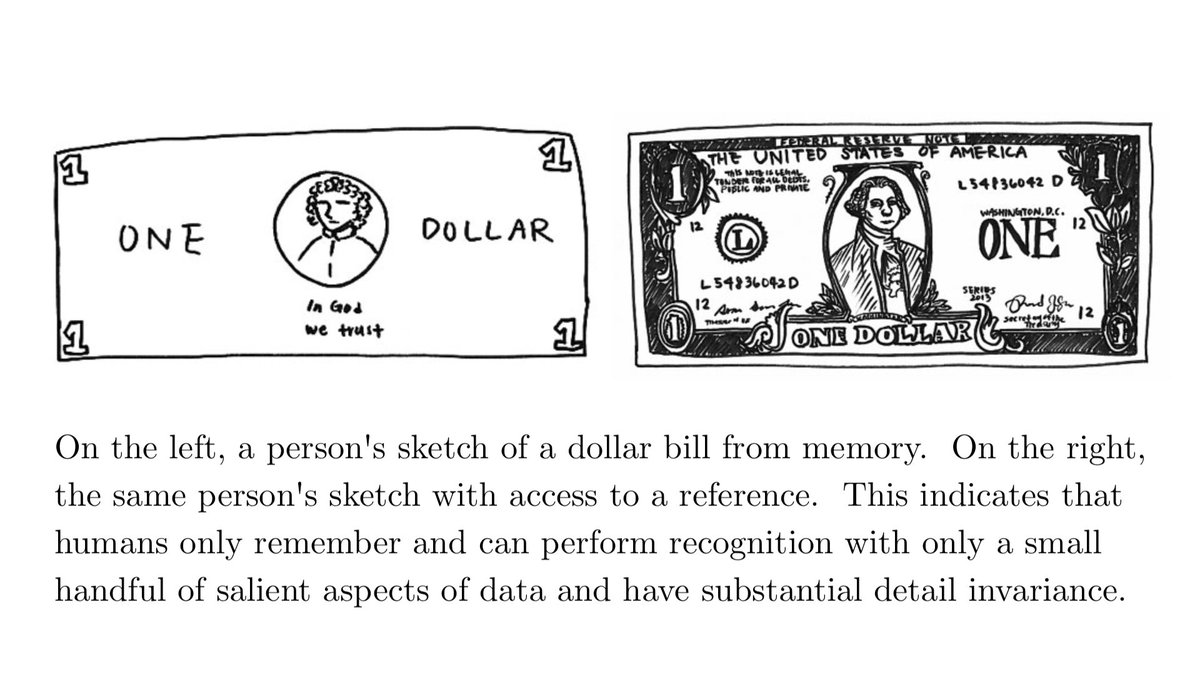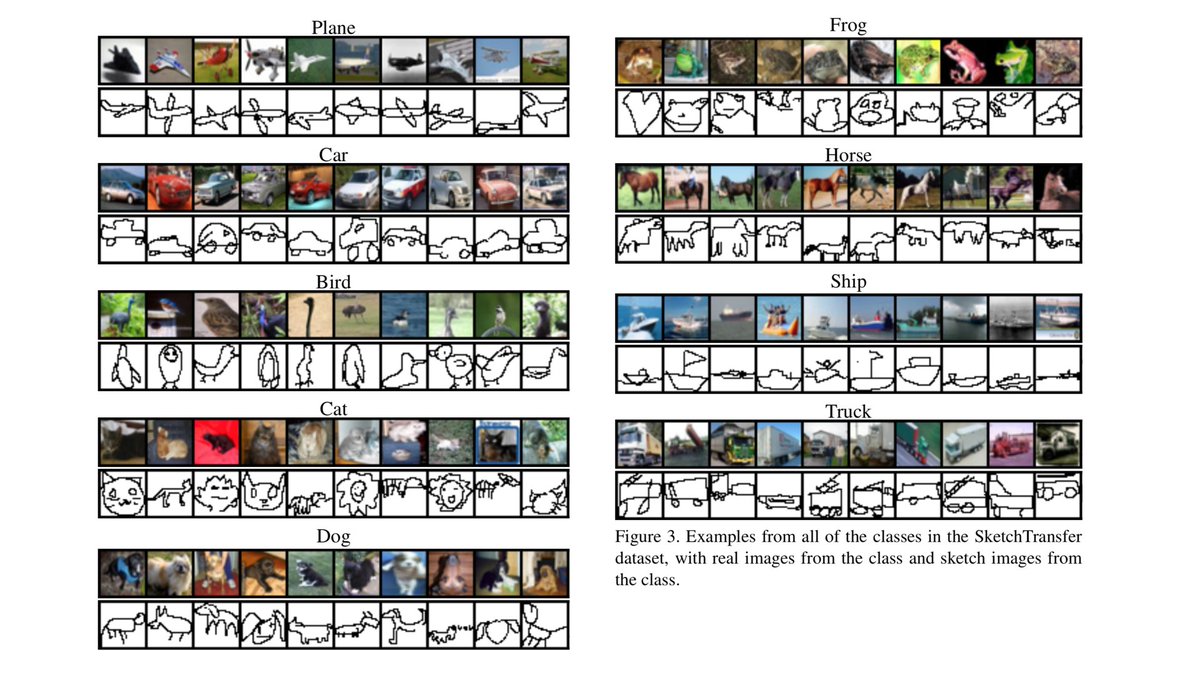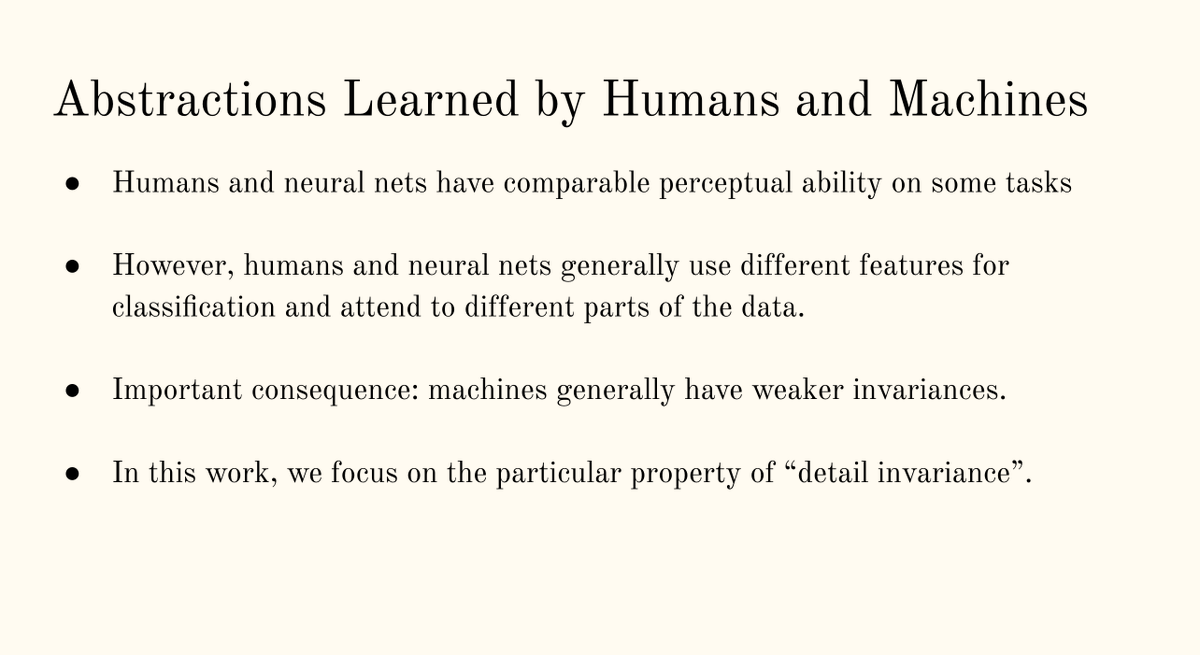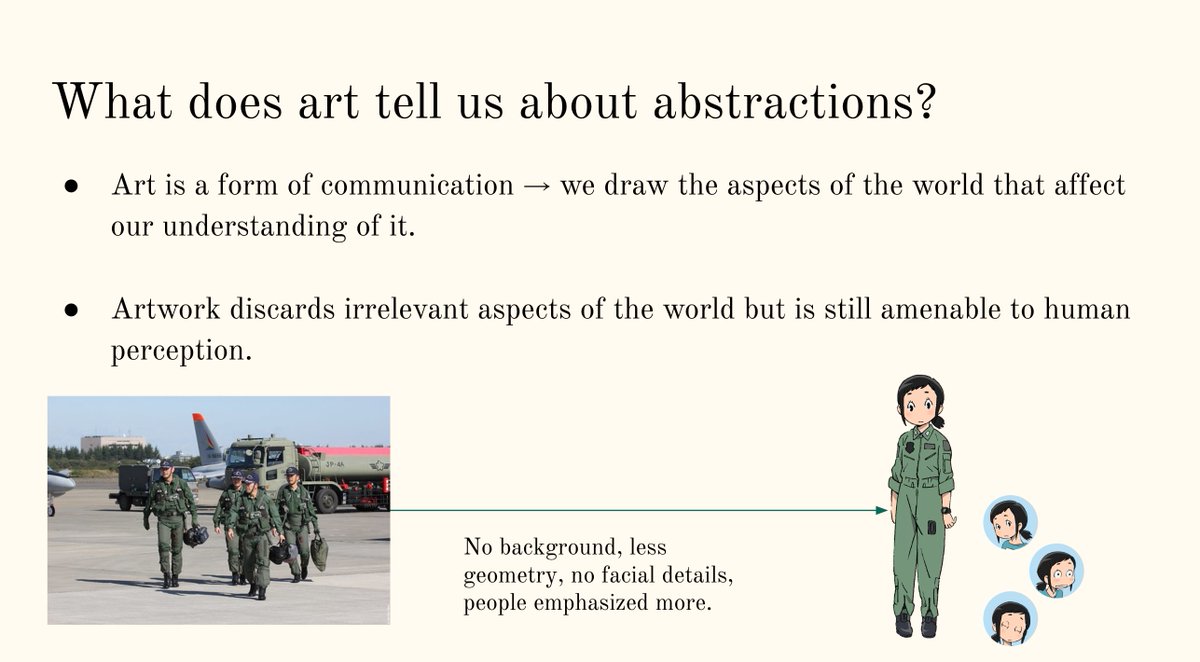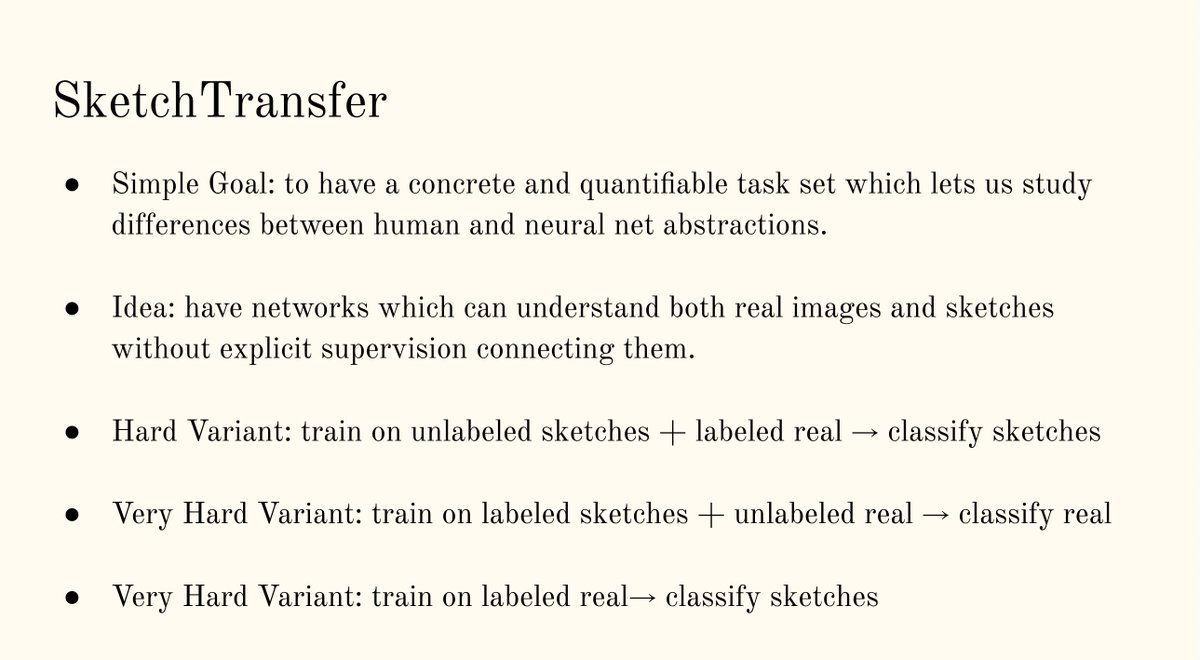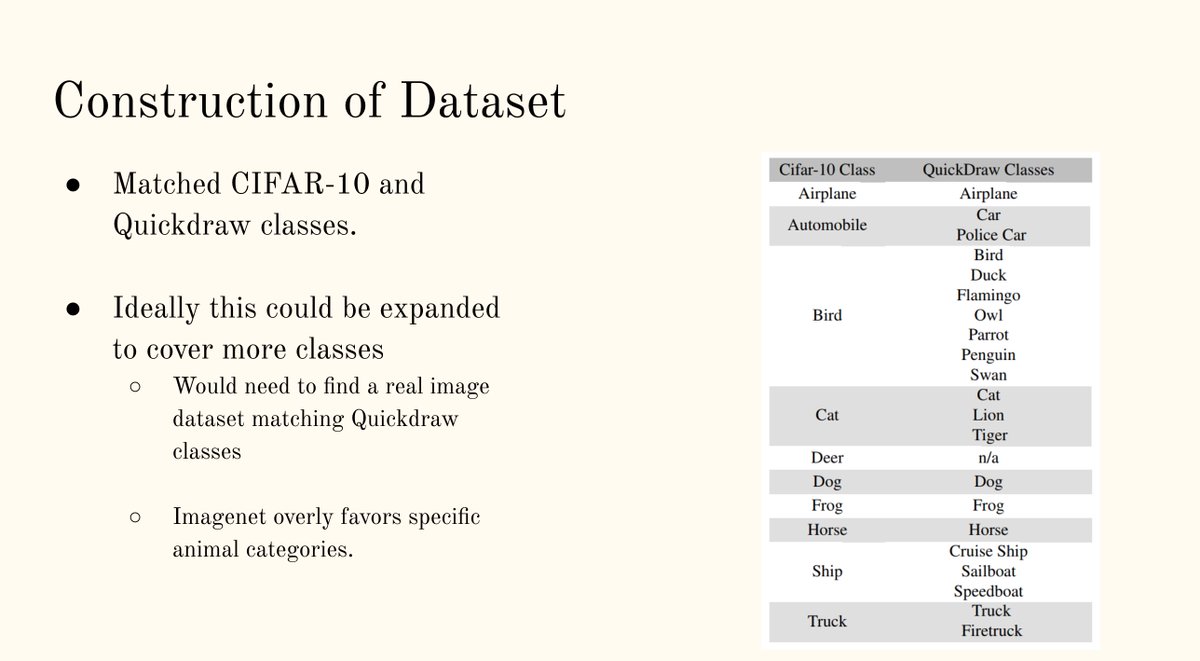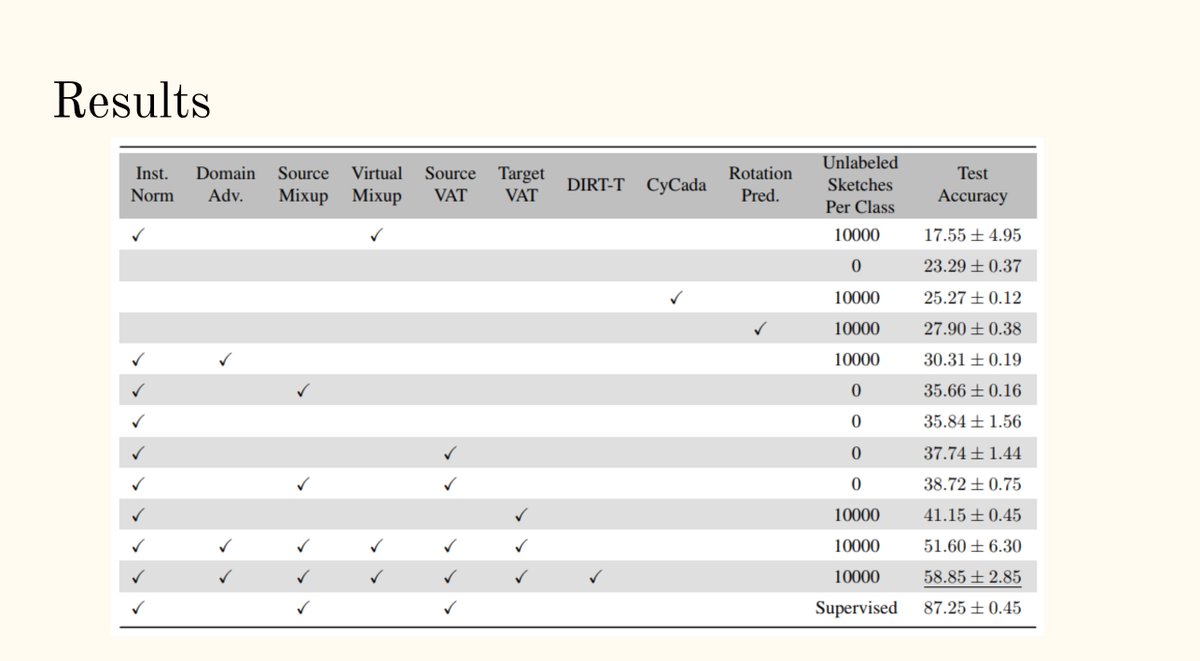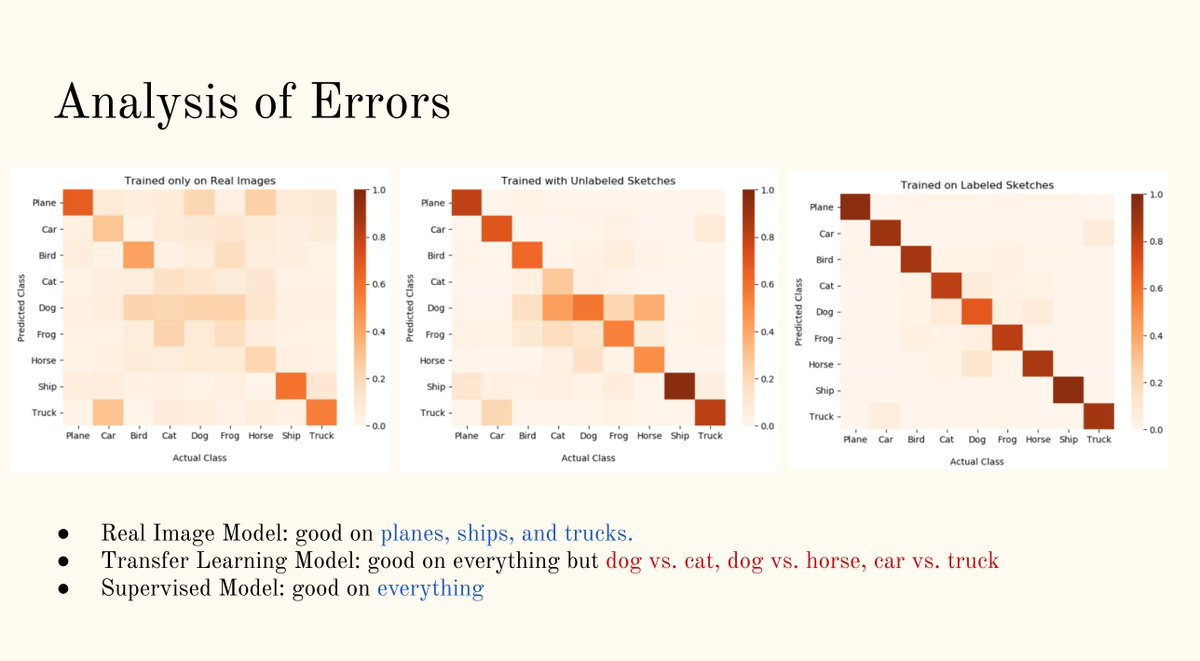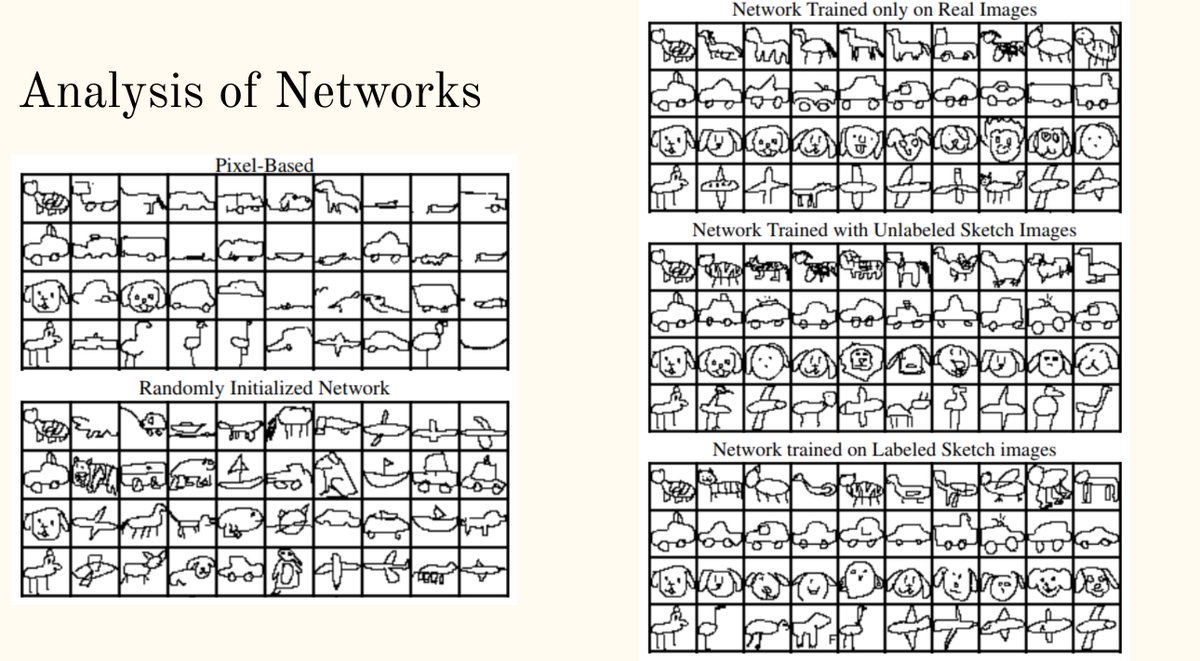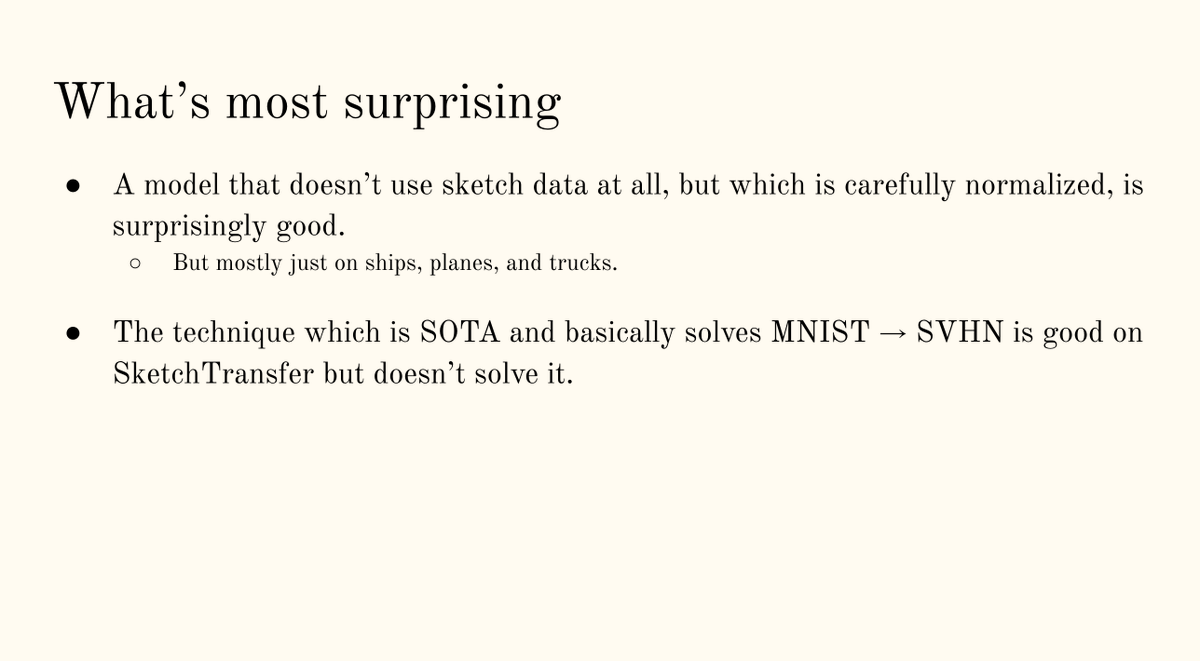
Great debate with @chamath on CNBC about the deeper structural issues behind $GME and $AMC
Love the comments on YouTube:
“lol this CNBC dude is so concerned about my $200 invested…Fuck man…I never realized how much some people cared about me losing it.”
Love the comments on YouTube:
“lol this CNBC dude is so concerned about my $200 invested…Fuck man…I never realized how much some people cared about me losing it.”
Apparently, CNBC is trying very hard to remove this full interview and copies of it from YouTube. I wonder why... drive.google.com/file/d/16IV7TI…
Someone called in for a few favors from their broker buddies...
https://twitter.com/rampcapitalllc/status/1354780260924063746
A reminder that Citadel, who attempted in vain to bail out @MelvinCapitalLP earlier, also pays Robinhood to see all their order flows from retail investors, who are able to enjoy zero commission trading.
When something is free it means you are the product!ft.com/content/4a4393…
When something is free it means you are the product!ft.com/content/4a4393…
When a company deviates from their core mission:
https://twitter.com/robinhoodapp/status/712708069369782272
Robinhood’s market manipulation pissed off both @AOC and @TedCruz
https://twitter.com/wsbmod/status/1354851752915431424
• • •
Missing some Tweet in this thread? You can try to
force a refresh

